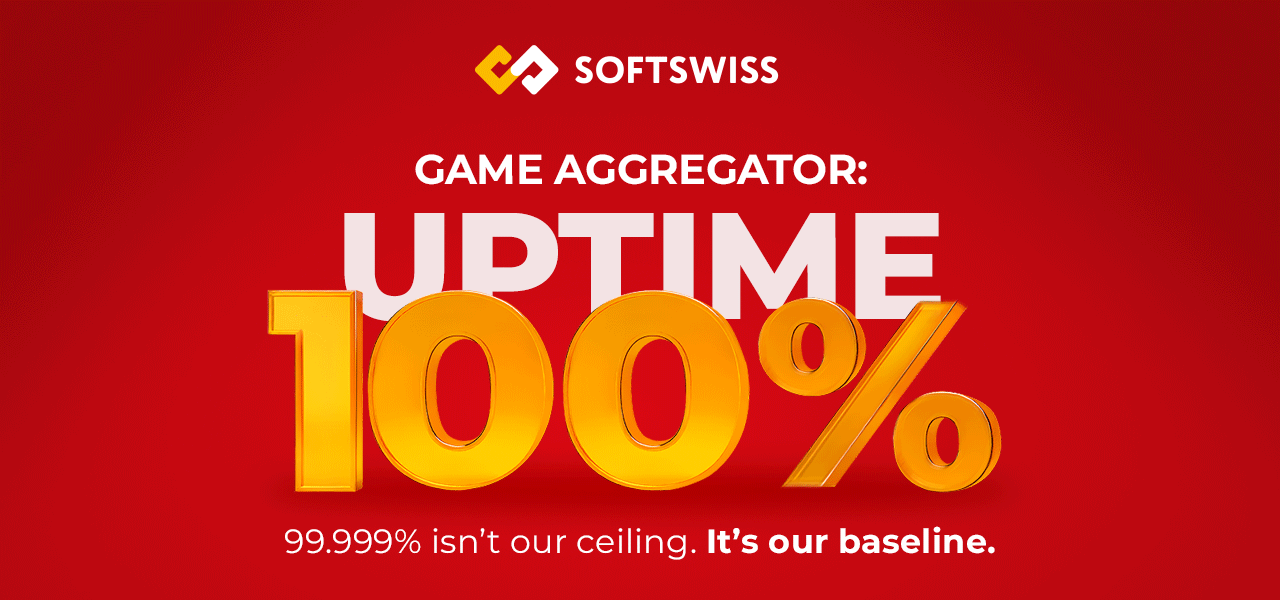Interviews
Relax Gaming boosts team with key promotion amid plans to boost Italian footprint

Relax Gaming has established a strong footprint in regulated markets around the world, and Italy is no exception. The Italian market holds plenty of promise for the brand and following on from Money Train 4’s exclusive launch in the country, there is great scope to provide immersive gaming experiences for players.
Relax’s New Director of Italy, Gianluca Crimaldi explains how the industry’s leading game studio and platform provider will continue to make its mark.
First off, congratulations on your promotion to Director of Italy! Can you talk us a bit through your role at Relax and your immediate priorities?
Thank you! My role will be focusing on building on our brand’s already well-established presence in one of Europe’s biggest markets. We debuted in Italy back in April 2022, and in many ways we’ve got a wealth of opportunity to capitalise on.
While I can‚Äôt say too much just yet, our development roadmap up until Q3 2024 is incredibly exciting ‚Äď which I know is going to be very exciting for our Italian players, and I‚Äôm confident t that we have plenty of titles coming up ¬†that will resonate incredibly well with local players – our key mission here is to provide a platform for engagement that not only drives differentiation, but also entices land-based players to give the world of online a try for the first time. This is important in Italy especially, given much of the market is still composed of retail.
Taking a look at Relax’s recent performance in Italy since your market entry in April 2022, what’s Relax’s current position on the market and what opportunities do you see?
Thanks to our hard-work and some really strong launches, including the Money Train series and Dream Drop Jackpots, which has created 11 millionaires in just over a year, we’ve established a very strong reputation here already. We’ve seen huge player spikes during our key releases, and as a result, excellent player retention as we look to truly drive differentiation. While I believe we were always confident we’d make our mark here when we debuted in April 2022, I can safely say these numbers exceeded even our optimistic expectations. Italian players really love what we have to offer.
On opportunities, as we’ve already mentioned, Italy has one of the largest demographics of retail-based players in Europe, so there is huge potential for expanding one’s player base, and we’re planning to innovate even more in the year ahead to ensure that Italian audiences have access to the best that our content portfolio has to offer.
Particularly notable was your major coup in bringing Money Train 4 exclusively to StarCasino ahead of the game‚Äôs international launch ‚Äď does this highlight the focus Relax has on the Italian market?
That was certainly a fantastic move for us! Money Train 4 was our key release of 2023, and the anticipation from operators and players alike was incredible. To be able to go live in Italy with StarCasino, a day before the official launch speaks volumes on the importance we place on the Italian market, as well as the value we place with our major partners.
We have seen a great appetite for our content in Italy, and this was the latest step in ensuring we continue to make our mark here. This also highlights the emphasis we have on ensuring we can provide something truly special for operators to engage and excite their players. Greatness always comes from a team effort ‚Äď and seeing such amazing results in a short period of time is a testament to everyone‚Äôs hard work.
On to the macro viewpoint ‚Äď what‚Äôs your take on Italy‚Äôs iGaming performance in recent years and how have trends been shaped post-2020?
Italy is viewed as a complex market, mainly due to the regulatory processes and knowledge that is required to navigate these hurdles. Once these are overcome, there are high rewards and huge opportunities. It‚Äôs all about identifying opportunities and challenges ‚Äď and then providing the solution.
I have been fortunate enough to work across many markets, and this will be incredibly useful in ensuring differentiation and originality with content which is a key to succeeding in Italy. As we‚Äôve already touched on, the Italian market has been somewhat sceptical about online casino over last decade. This is due to both the country‚Äôs social culture and retail betting heritage ‚Äď both of which make Italy truly unique. In line with that, the transition to the online sector has been far slower than other areas of the continent, especially when compared to the UK and Scandinavia. This is changing fast however, and in the last year, we‚Äôve seen adoption accelerate exponentially across the country, with more players than ever enjoying online entertainment as well as the superior engagement it offers compared to retail.
Continuing with the land-based market, which still takes up about 80%+ of player demographics, as one of the industry’s major suppliers, how is Relax helping operators convert land-based players to the exciting world of online?
It‚Äôs certainly what makes Italy unique. There are long-standing brands that have established reputations in the retail space, and they will continue to have their customers. Relax prides itself on producing a diversified content portfolio that engages all players, and this is a key in ensuring growth in the online sector. I see this transition as a natural development in line with changing player demographics ‚Äď especially when it comes to the smartphone generation.
Of course, a country with such a rich retail heritage will similarly demand content online, which means players will unquestionably be more attracted to more classic titles in comparison to other markets like the UK and Scandinavia. Just as we‚Äôve seen with these two markets in the 2010s, once players begin to expand their range of gaming online, and once they start to engage with your own content, you‚Äôll no doubt see a greater uptick across a more modern range of titles ‚Äď especially with the likes of our Money Train series! At Relax we pride ourselves in offering a different something for everyone, and I have no doubt that with our fantastic titles, we will see continued exponential growth in online adoption ‚Äď which we are looking forward to being a key part of!
-

 Africa7 days ago
Africa7 days agoPlay’n GO takes games portfolio live with the Goldrush Group in South Africa
-

 Africa6 days ago
Africa6 days agoDRC Signs MoU for Public-Private Partnership with Burundi’s East African General Trade Company
-

 eSports6 days ago
eSports6 days agoEsports World Cup 2025 Unveils Official Song of the Year and Full Opening Ceremony Line-up
-

 Africa6 days ago
Africa6 days agoSpringbok Casino Unveils ‚ÄúKrugerassic Park‚ÄĚ Featuring Dino-Wilds to Celebrate Jurassic World: Rebirth Sequel ‚Äď Plus 25 Free Spins on T-Rex 2 slot
-

 Asia6 days ago
Asia6 days agoLGUs, state university get Php20-M emergency vehicles from PAGCOR
-

 Latest News7 days ago
Latest News7 days agoPG Soft serves up Diner Frenzy Spins
-

 Africa7 days ago
Africa7 days agoALA Hosted Seminar on Artificial Intelligence and Cybersecurity
-

 Latest News7 days ago
Latest News7 days agoJuicy Wins, Crystal Clear: ELA Games Releases New Luxury Title































